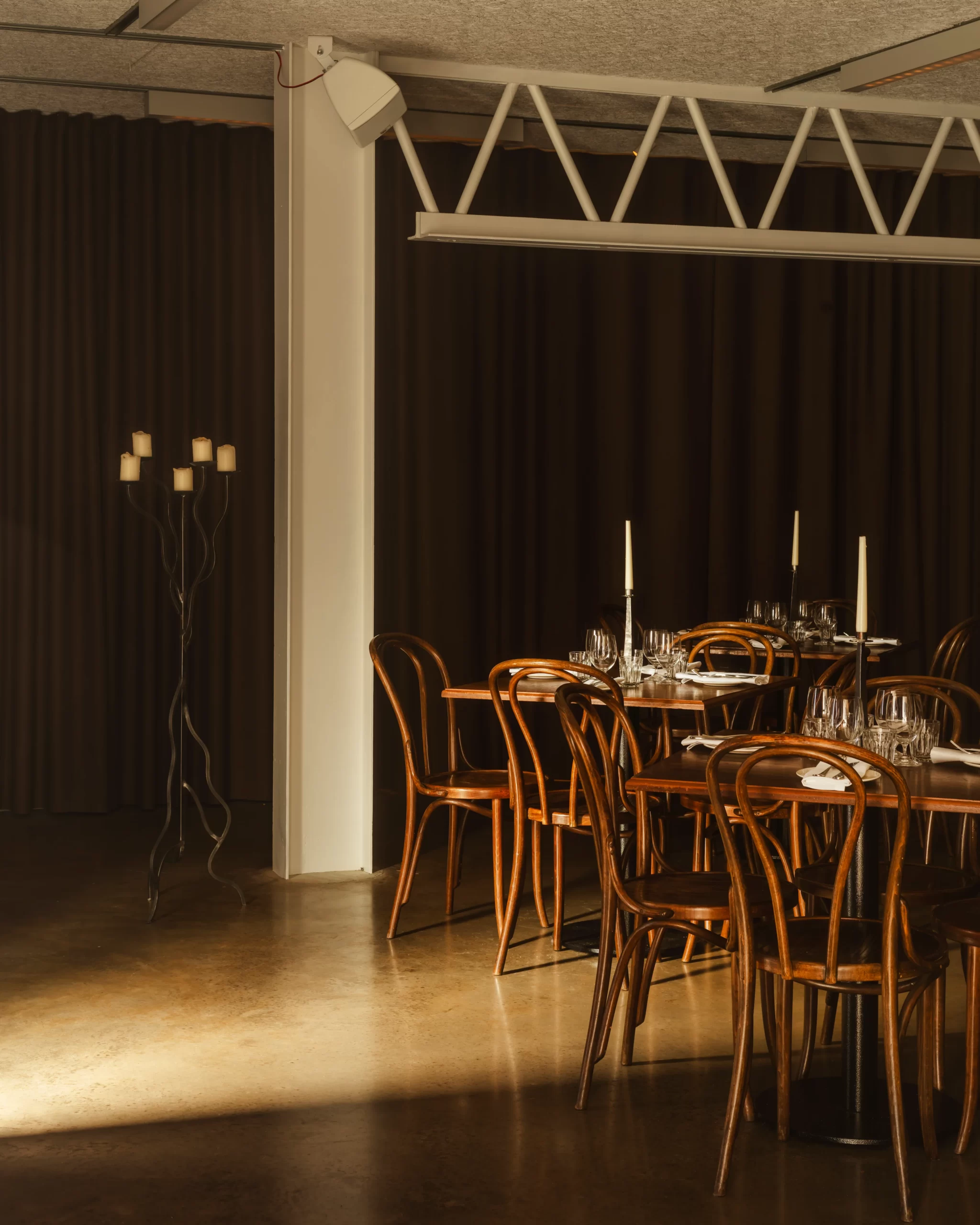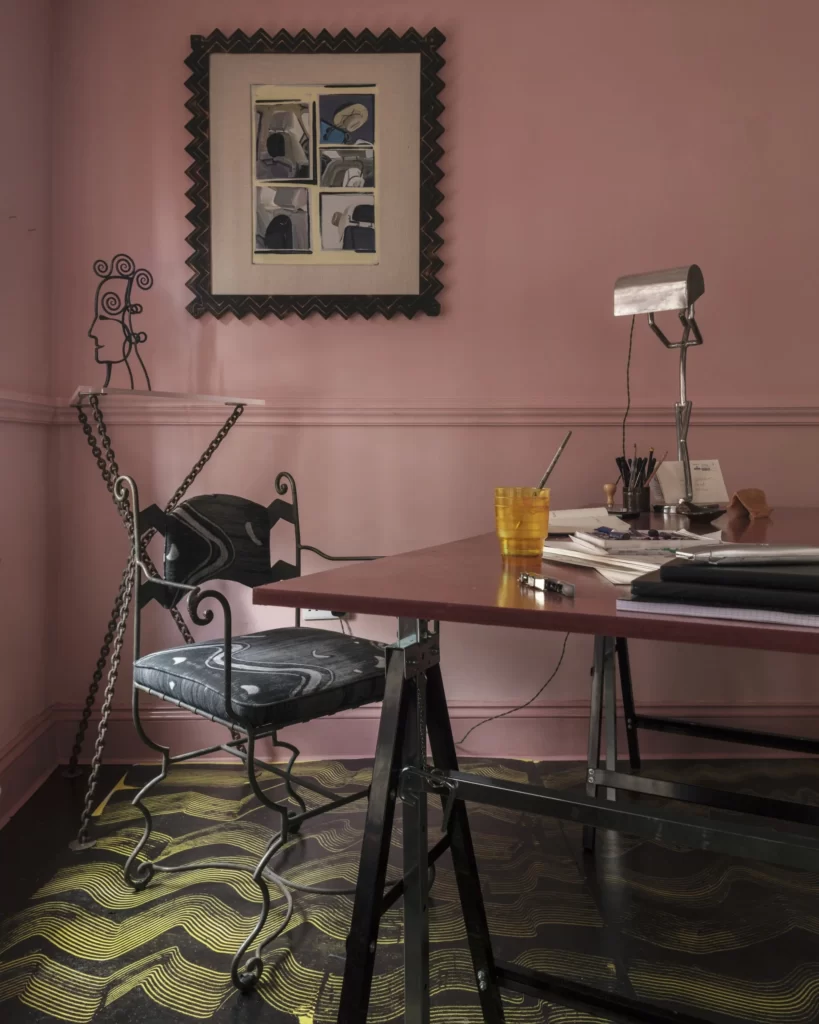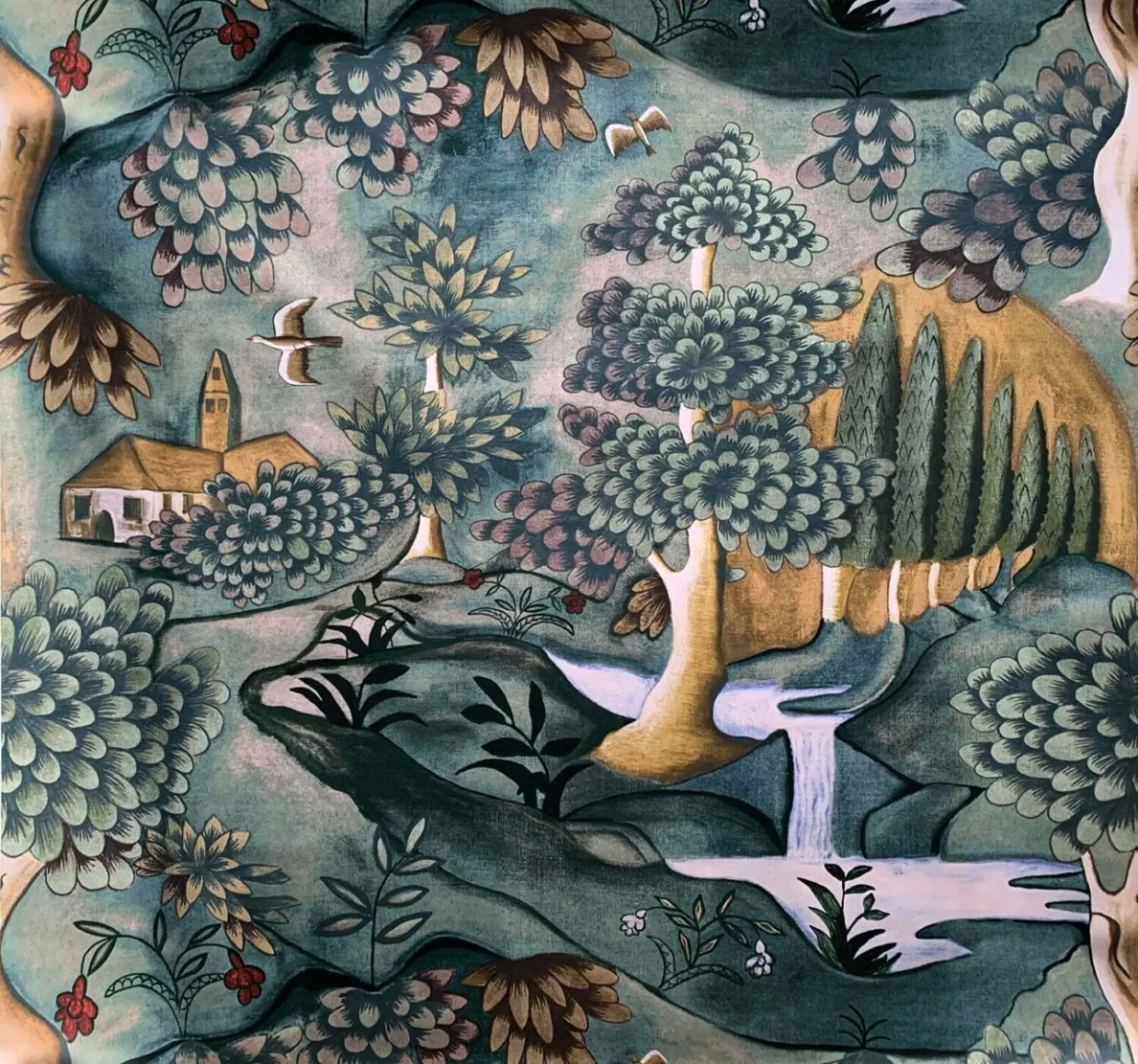
A Radical Eye for Interiors
At The Fifth Avenue Hotel, the experience of design begins with the senses and lingers in the imagination. Upon entering, guests are invited to engage with and interact with their surroundings, rather than merely observing them from afar. From hand-painted wallpaper and rare objects to the interplay between 19th-century architecture and modern interior design, every space within the hotel sparks conversation, ignites curiosity, and invites exploration.
Under the direction of Martin Brudnizki Design Studio, the interiors of The Fifth Avenue Hotel were created to be layered, expressive, and always full of discovery. Located in a historic McKim, Mead & White building from 1907, The Fifth pays homage to its Gilded Age roots while offering an undeniably contemporary perspective. The result is a distinct expression of luxury hotel design in New York.
This year, The Fifth welcomed London-based interior designer Jermaine Gallacher, founder of the cult-favorite Ton Magazine, for a stay. Gallacher, also a product designer and design dealer, is celebrated for his singular style, his editorial roles at British and American Vogue, and internationally recognized projects that merge innovation with tradition. With his irreverent eye and affection for layered contrast, Gallacher’s visit sparked a conversation on creativity, originality, and the joy of a well-placed surprise.

Designing in Contrast, Living with Joy
“I have always liked that contrast of mixing high and low, as well as opposites,” Gallacher told us. “I’m a firm believer that opposites attract!”
This push-and-pull defines his interiors, where angular silhouettes live comfortably beside antique finds and handmade objects. It’s an approach that resonates deeply at The Fifth, where 19th-century bones meet a modern-day palette.
“Someone once said to me quality and artistry travel, they transcend language and culture,” he shared. “Whenever I go anywhere in the world, it’s people that interest me the most. They are my greatest source of inspiration.”
A New Point of View
That sensibility carries through to Ton Magazine, the independent interiors publication Gallacher launched to challenge the status quo. “I was getting really bored of the interior magazines I was seeing and felt it was time for a new point of view,” he said. “I’ve always been a big fan of Shelter Magazines like Nest, early World of Interiors, and Casa Vogue. To me, they championed the ‘other.’”
Preservation, With a Twist
When asked about his renovation of a listed townhouse in the Clerkenwell neighborhood of London, Gallacher spoke to the challenge of honoring history while pushing creative boundaries.
“It wasn’t the easiest project to navigate, especially since I wanted to do something quite radical,” he said. “But I think it’s important to push things as far as one can. As Tina Brown once said, ‘We are the sound, not the echo.’ I have no interest in doing what’s already been done before.”
That philosophy mirrors our own. The Fifth’s ten-year transformation, which consisted in reviving a century-old New York City landmark, was a carefully orchestrated balance between preservation and reinvention.
The Theatre of the Everyday
Gallacher’s London design showroom is known as much for its drama as its furniture, a curated space where objects tell stories and nothing feels overly expected. “I love the element of surprise and energy,” he said. “That’s what I am always looking for in life and in the things I want around me.”
His recent finds reflect this spirit: “A pair of hand-carved bobbin painted red side tables from Market near London. They seemed to be dancing towards me.” He also finds joy in collaboration, especially with artists and makers, like his work with woodcarver Ralph Parks: “I bought a beautiful carved burnt ash for my bathroom. It brings me so much joy every time I open it. Joy is very important!”
A Shared Language of Design
Gallacher’s creative lens expands how we think about design, and his perspective certainly belongs in the conversation. At The Fifth, we’re drawn to those who treat design as a language of feeling, discovery, and expression. As Gallacher reminded us during his stay, the best spaces are invitations to see things differently, and that’s exactly what great design should do.
All imagery courtesy of Jermaine Gallacher.

